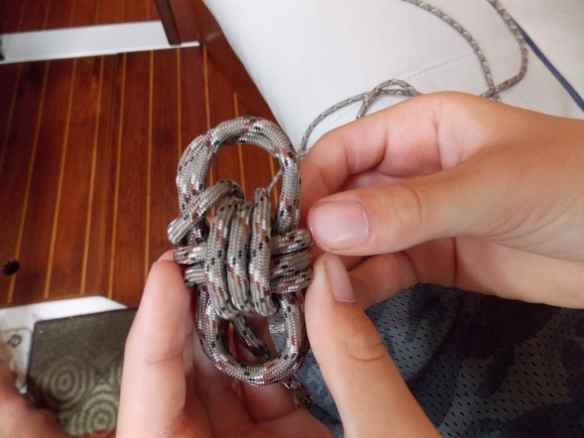A few days ago we went to the Natural History and Arts Museum. First, we went to the ocean part of it. We saw one display about a prehistoric animal that had a very small hipbone.
Obviously it was evolving from a water animal to a land animal or a land animal to a water animal. We also saw displays about how apes evolved into humans.
Then we went to the gems and minerals part of the museum. We saw the famous Hope Diamond.
Then we saw all of the other gems. There was one mineral there that glows when you shine a black light on it.
There were really big gems too.  This was also the museum that the movie Night at the Museum was filmed. My favorite display was the gems and minerals part. If you ever come to the Smithsonian, don’t forget to see the Hope Diamond.
This was also the museum that the movie Night at the Museum was filmed. My favorite display was the gems and minerals part. If you ever come to the Smithsonian, don’t forget to see the Hope Diamond.
…Cole











































